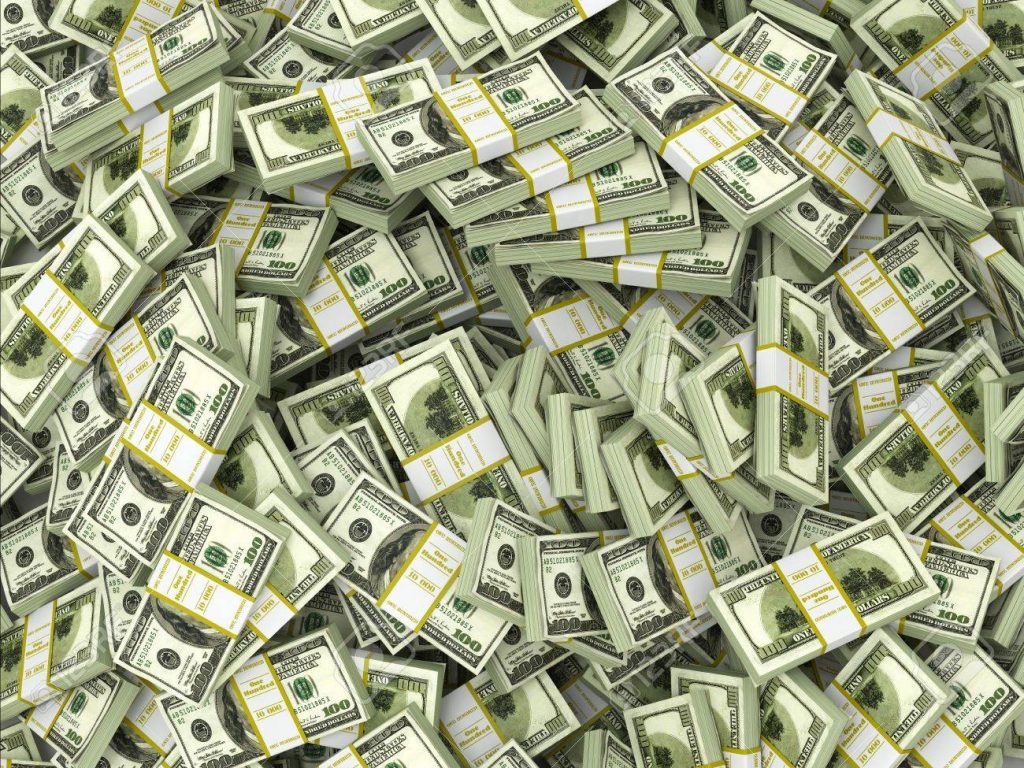RIO DE JANEIRO, BRAZIL – The Federal Government’s cash flow recorded a primary surplus of R$44.124 (US$11.031) billion in January, the best performance for the month in the historical series, which began in 1997, according to the National Treasury. The result, which includes the Treasury, Social Welfare and Central Bank accounts, reversed the R$14.637 billion deficit in December. In January 2019, the result had been positive at R$30.030 billion.
The January result was above the financial market’s projections, whose median surplus pointed to R$38 billion, according to a Broadcast Projections survey among 19 financial institutions. Last month’s figure fell within the projection range of R$26.292 billion to R$47.800 billion.

Revenues
The January figure represents a 3.9 percent real increase in revenues in relation to the same month last year. Meanwhile, spending dropped 3.3 percent in real terms.
In 12 months, the Central Government reported a R$83.7 billion deficit, equivalent to 1.11 percent of GDP.
For 2020, the fiscal target allows for a deficit of up to R$124.1 billion in the Central Government’s accounts. In 2019, the Central Government’s shortfall stood at R$95.065 billion.
Breakdown
The National Treasury accounts – including the Central Bank – recorded a primary surplus of R$59.520 billion in January, according to data released by the Treasury.
The INSS (National Social Welfare Institute) result reported a deficit of R$15.396 billion last month.
The Central Bank accounts alone reported a R$193 million deficit in January.
Spending cap
Expenses subject to the spending cap rose 0.8 percent in January compared to the same period in 2019, according to the National Treasury.
As a rule, the growth limit for government spending is the cumulative change in inflation over the 12 months up to June last year. However, since the government did not take up the full limit projected in previous years, in practice there is a margin for an increase of up to 5.9 percent.
Despite the preliminary framing of federal government expenditures to the cap, some powers and bodies started the year outside the individualized limits – all must respect the spending limit in the accumulated numbers for the year. This is the case, for instance, of the Senate, the Superior Court of Justice (STJ), the Electoral Justice and the National Council of Justice (CNJ).
Golden Rule
The National Treasury has reviewed its projection of failure to comply with the golden rule in 2020. The Treasury has projected a shortfall of R$341 billion for compliance with the golden rule this year, which could drop to R$78.8 billion, with part of the BNDES return of funds (R$81 billion) and the Central Bank financial surplus (R$162.6 billion) – in addition to R$18.6 billion in other sources – from 2019 for this year.
Up until last month, the Treasury projected a shortfall of R$342.1 billion for compliance with the golden rule in 2020, which could drop to R$79.9 billion with the use of last year’s financial surpluses.
Debt
The National Treasury has also reviewed the projection for the evolution of public indebtedness for this and coming years. The General Government Gross Debt (DBGG) for 2020 is estimated to have increased from 78.2 to 77.9 percent of GDP. For 2021, the projection for the gross debt has increased from 77.9 to 78.2 percent of the GDP.
According to the new Treasury projections, the peak for the gross debt should occur in 2023, when the DBGG will reach 79.4 percent of GDP. From then on, gross debt should resume its downward trajectory to 72.5 percent of GDP in 2029.
For the Net Public Sector Debt (DLSP), the Treasury reviewed the 2020 projection from 58.1 to 58.4 percent of GDP. For 2021, the projection for the net debt rose from 59.9 to 60.6 percent of the GDP.
According to the new Treasury projections, the peak for the net debt should occur in 2025, when the DSLP will reach 66.4 percent of GDP. From then on, the net debt should return to a downward trajectory, to 64.7 percent of GDP in 2029.
Source: Exame

